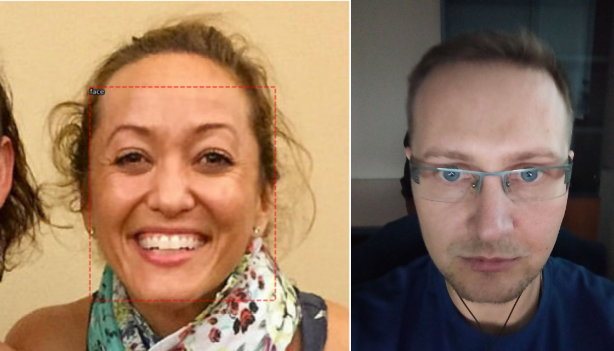Remote identification

Application
Remote selfie-based identification and authentication using the front camera of a mobile phone in banking systems, exchanges, municipal portals, etc. Top priority is to ensure accurate identification and prevent any errors.
Use case requirements
- One face in the frame, minimal likelihood of side views
- Images of faces are of significant size (up to 80% of the frame area)
- High noise tolerance in photos due to poor lighting or low-quality cameras
- Image type for detection and identification is "BORDER" or "MUGSHOT" (according to NIST), which corresponds to QAA totalscore >= 51%
Recommended configuration files
- remote_identification_q1.xml
- remote_identification_q2.xml
How to configure
Open the ./cfg/image-api.values.yaml file in Image API distribution, find the capturer configuration object (path to the object: processing.services.service name.configs.capturer) and enter the same values for the fields of the capturer object in each detection service: face-detector-face-fitter, face-detector-liveness-estimator, face -detector-template-extractor.
Example
configs:
capturer:
name: remote_identification_q1.xml // name of the Face SDK configuration fileOpen the ./cfg/platform.values.yaml file in OMNI Platform distribution, find the capturer configuration object (path to the object: generic.capturer) and enter the values for the fields of the capturer object.
Example
generic:
capturer:
name: remote_identification_q1.xml // name of the Face SDK configuration fileAfter editing the files, save them and update OMNI Platform in the cluster using the command:
./cli.sh image-api install
./cli.sh platform install
Benchmark results
| Capturer configuration file | Time to detect one frame (ms) | Detection accuracy (0 to 1) |
| remote_identification_q1.xml | 1040 | 0.977 |
| remote_identification_q2.xml | 75 | 0.97 |